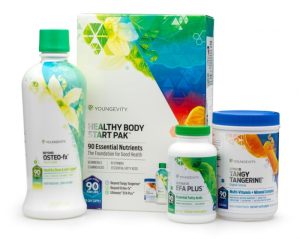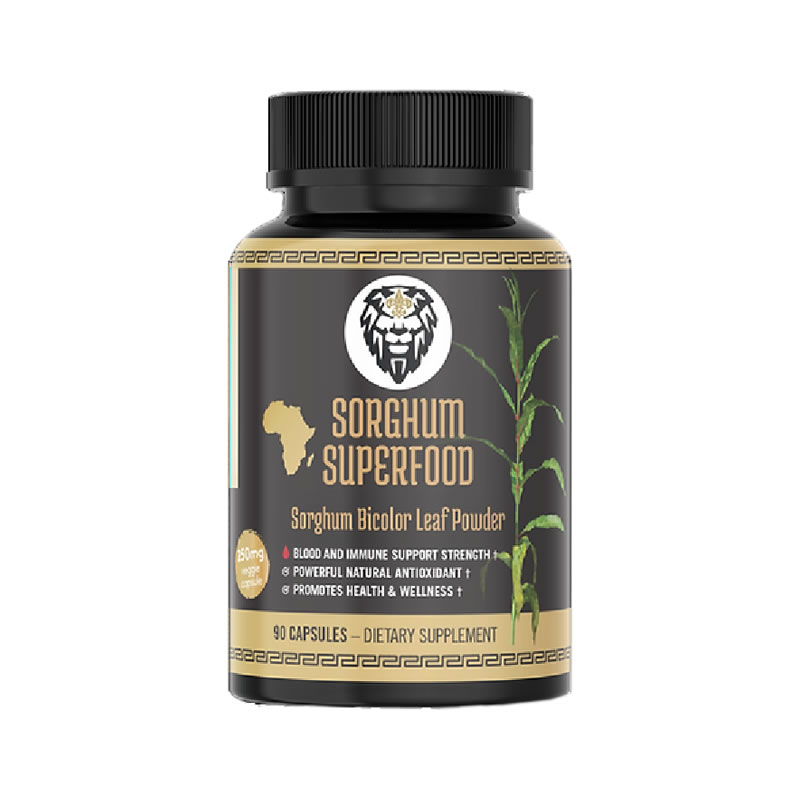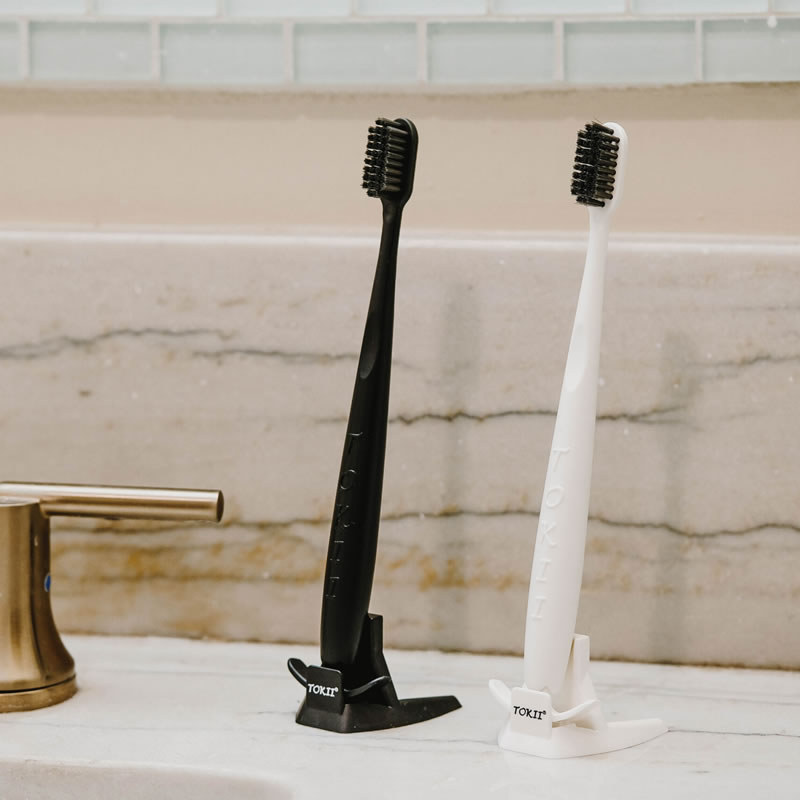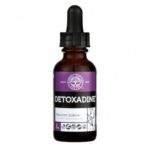By Ben Fuchs | Pharmacist Ben
I’m not sure why, but you don’t hear a lot about alpha lipoic acid. This is kind of strange considering it may the most potent and clinically sanctioned of all non-essential nutritional supplements.
 Alpha lipoic acid or ALA is an anti-oxidant, a type of cellular rust protector with an interesting twist. Most anti-oxidants are either fatty or watery, that is to say they are either water soluble or fat soluble. Some like Vitamin E and Vitamin A, which are fatty (lipids is the more technical term or lipophilic for fat loving) can protect fatty parts of the body, most especially cell membranes. Others like Vitamin C and the B-complex can protect the inside parts of a cell which is watery. But alpha lipoic acid is unique in the world of anti-oxidants in the sense that it can protect both. This makes it very valuable, in fact it is one of the most valuable of all anti-oxidants and it really should be a part of any nutritional supplement program.
Alpha lipoic acid or ALA is an anti-oxidant, a type of cellular rust protector with an interesting twist. Most anti-oxidants are either fatty or watery, that is to say they are either water soluble or fat soluble. Some like Vitamin E and Vitamin A, which are fatty (lipids is the more technical term or lipophilic for fat loving) can protect fatty parts of the body, most especially cell membranes. Others like Vitamin C and the B-complex can protect the inside parts of a cell which is watery. But alpha lipoic acid is unique in the world of anti-oxidants in the sense that it can protect both. This makes it very valuable, in fact it is one of the most valuable of all anti-oxidants and it really should be a part of any nutritional supplement program.
In a study that was published in the journal Toxicology in 2002, it was shown that alpha lipoic acid increases the concentrations of the body’s ‘master’ detoxifier and cancer fighter, glutathione, both inside AND outside cells. ALA can help cells regenerate glutathione after it’s been used up. According to the Linus Pauling Institute (LPI), which is a great resource for all issues involving nutritional supplementation, several studies have shown that feeding rats alpha lipoic acid restored several markers of age related glutathione depletion, especially in heart cells.
And, alpha lipoic acid has its own detoxification supporting properties,and is especially important for helping to clear heavy metals, especially mercury. Dr. Sherry Rogers talks about using alpha lipoic acid with Vitamin C and glutathione as a detox cocktail in her book “Detoxify or Die”
One of the most exciting applications of alpha lipoic acid involves using it intravenously, and in her book “Honest Medicine”, Julia Shopick talks about using IV ALA for liver regeneration. Intravenous alpha lipoic acid has been used successfully to treat pancreatic cancer as well, and on the Memorial Sloan Kettering Cancer Center website there’s an article that discusses the use of IV alpha lipoic acid to treat peripheral neuropathy, a painful nerve condition that affects millions of Americans, most notably long-term diabetics.
Alpha Lipoic acid is readily available as 500mg capsules. Try taking one or two a day. If you’re dealing with blood sugar problems, take a third dose. If you’re looking to get ALA in foods, the best sources are going to be green leafy veggies and beef, organ meats and brewer’s yeast, but according to the LPI, consumption of alpha-lipoic acid from food does not have a significant effect on the free lipoic acid in the blood, while using free lipoic acid in supplements results in significant increases. And, according to the Memorial Sloan Kettering Cancer Center, the alpha-lipoic acid in food is chemically locked up and less available to enter the blood plasma. On the other hand, the free form ALA that you obtain from supplements is not bound and easily enters the blood, from which point it is distributed throughout the body.


 Fiber is defined as inactive carbohydrate, it’s not really a single substance and this complexity gives a clue to the confusion that surrounds this super important nutritional substance. It consists of sub-fractions, various components including cellulose, lignin and pectins and although it contains no calories and it’s not digestible, it passes through the digestive tract completely unscathed, getting enough of the stuff in your diet on a daily basis is a major key to good health.
Fiber is defined as inactive carbohydrate, it’s not really a single substance and this complexity gives a clue to the confusion that surrounds this super important nutritional substance. It consists of sub-fractions, various components including cellulose, lignin and pectins and although it contains no calories and it’s not digestible, it passes through the digestive tract completely unscathed, getting enough of the stuff in your diet on a daily basis is a major key to good health. Toxic air can be filled with literally hundreds of deadly and carcinogenic compounds, (some like chemtrails intentionally deposited there for no “known” reason), not to mention radioactive waste from disasters like Chernobyl and Fukushima. When human fat biopsies are performed styrene, dioxins, xylene and dichlorobenzene among other unsavory, unhealthy and potentially carcinogenic chemicals shows up in 100% of cases. There are deadly chemicals in water too, fluoride and chlorine may arguably provide benefits, but no one can discount their truly toxic nature. Water is also a source of other unpleasant drinking material including prescription drugs and industrial (and even human) waste. Pesticides are an especially serious problem. Measurable levels have been found in breast fluid from mother’s milk around the world, including Eskimos living in the North Pole, thousands of miles from source of the nearest farm or fruit orchard. Internally there is no way to know exactly how much toxicity we’re dealing with, but it’s safe to say the average person’s detox system is probably being overloaded. Food, stress, trauma, experiences in addition to interfacing (really integrating) with our toxic external environment can put quite a load on the body’s ability to clean itself out and over time lots of nasty stuff can end up in various bodily fluids and tissues.
Toxic air can be filled with literally hundreds of deadly and carcinogenic compounds, (some like chemtrails intentionally deposited there for no “known” reason), not to mention radioactive waste from disasters like Chernobyl and Fukushima. When human fat biopsies are performed styrene, dioxins, xylene and dichlorobenzene among other unsavory, unhealthy and potentially carcinogenic chemicals shows up in 100% of cases. There are deadly chemicals in water too, fluoride and chlorine may arguably provide benefits, but no one can discount their truly toxic nature. Water is also a source of other unpleasant drinking material including prescription drugs and industrial (and even human) waste. Pesticides are an especially serious problem. Measurable levels have been found in breast fluid from mother’s milk around the world, including Eskimos living in the North Pole, thousands of miles from source of the nearest farm or fruit orchard. Internally there is no way to know exactly how much toxicity we’re dealing with, but it’s safe to say the average person’s detox system is probably being overloaded. Food, stress, trauma, experiences in addition to interfacing (really integrating) with our toxic external environment can put quite a load on the body’s ability to clean itself out and over time lots of nasty stuff can end up in various bodily fluids and tissues. The bad news is, we’ve done such a toxic number on our environment, that it’s almost impossible to escape our poisonous legacy. The Bright Side is the human body has healing, regenerating and detoxification systems built into it. There’s no need for fancy or expensive detox programs. In fact, in a healthy body there are 7 different systems that can purify fluids and tissue. Yet while the lungs, liver, colon, skin, kidneys, lymph and blood are are all automatically and spontaneously involved in moment to moment purification, for many us these systems can become overloaded. Besides avoiding (as much as is practical) exposure to poisons, there are numerous inexpensive and easy to use supplements and strategies to help improve and strengthen these built-in cleansing systems. Below you will find Part 1 of the top 12 tips and tools you can use to improve biological detoxification in a very toxic world. For more good health information, make sure to listen to
The bad news is, we’ve done such a toxic number on our environment, that it’s almost impossible to escape our poisonous legacy. The Bright Side is the human body has healing, regenerating and detoxification systems built into it. There’s no need for fancy or expensive detox programs. In fact, in a healthy body there are 7 different systems that can purify fluids and tissue. Yet while the lungs, liver, colon, skin, kidneys, lymph and blood are are all automatically and spontaneously involved in moment to moment purification, for many us these systems can become overloaded. Besides avoiding (as much as is practical) exposure to poisons, there are numerous inexpensive and easy to use supplements and strategies to help improve and strengthen these built-in cleansing systems. Below you will find Part 1 of the top 12 tips and tools you can use to improve biological detoxification in a very toxic world. For more good health information, make sure to listen to







